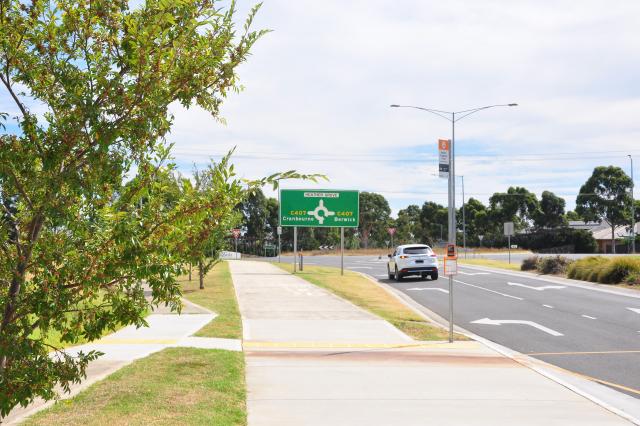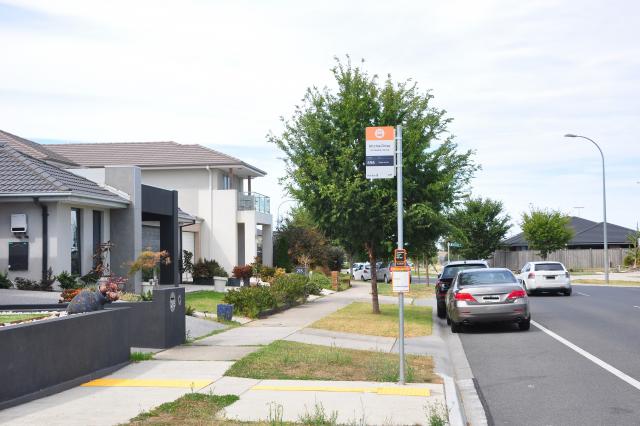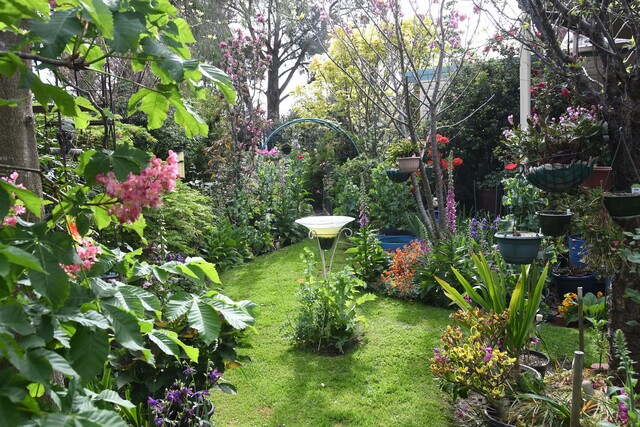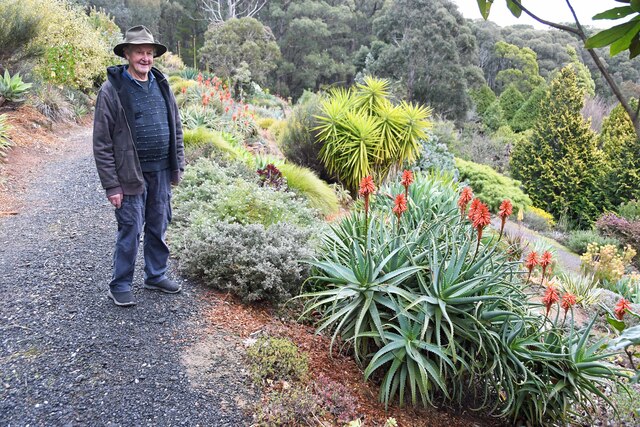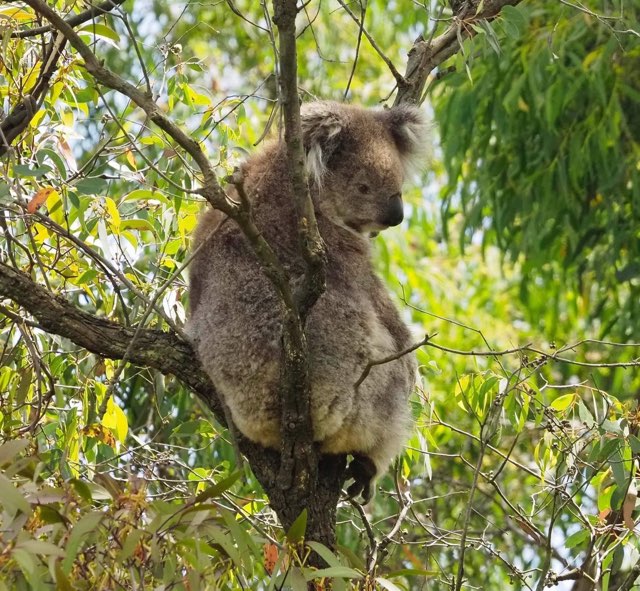With the passing of the sweltering weekend, complaints from public transport users have become commonplace with the lack of shelters at bus stops.
In the City of Casey, there are a total of 1165 bus stops, however only 442 of those have shelters; with 295 owned and maintained by the State Government and 147 green shelters maintained by the council.
A resident said that while she would like to see more shelters, she was “probably more concerned for people with disabilities, trying to cope with things like the weather and such”.
“When there isn’t a bus shelter they’re most likely going to be the least understanding as to why there isn’t one to begin with,” she said.
Another Cranbourne North local said that her concern was more on safety, that “people are on the side of the road and you’d want the shelter to make it obvious that there’s a person there”.
“But of course the weather, it could be in the middle of winter and you don’t want to get caught in the rain or be standing too long out there because what if you get wet and you’re on your way to work or school,” she said.
Paul Westcott, from the Public Transport Users Association, said that the issue is long-standing and would require proper collaboration between local councils and the Department of Transportation and Planning.
“The responsibility of bus stops and bus shelters is shared between the local council and the DTP under the Transport Integration Act,” he said.
With his previous role of 15 years being Geelong’s branch convenor, Mr Westcott is now the PTUA’s regional spokesperson, covering areas of public transportation throughout Victoria.
“The problem is whenever you contact the council and say that people have been saying that they want a shelter here, they will tell us that they don’t have sufficient money to do it because the DTP hasn’t given them the funds.
“When you contact the DTP they’ll tend to just tell you that they’ve given the council x-amount of dollars over the last 12 months and it’s their job to put the shelters on their behalf,” Mr Westcott said.
He summarised the situation as a “buck-passing exercise” where the bus travellers are the ones caught in the middle of the commotion.
According to the Department of Transport, the City of Casey has been a member of the department’s Bus Shelter Agreement (BSA) since 2007 and is also included in the recent contract which refreshed and commenced in March 2024.
“We’ve been working closely with the City of Casey Council to install bus shelters and deliver a safe, convenient public transport experience for the community,” a DTP spokesperson said.
Mr Westcott said that while his 15 years of experience had been concentrated in Geelong, throughout the same period he found that the same situation can be observed throughout multiple councils in the state.
“Officially it’s the job of the State Government to provide shelters, but they’ve always relied on councils.
“The DTP doesn’t have squads of people that can do the job so they contract it out, they rely on local councils and they do provide money, but these councils always say it’s not enough,” he said.
The situation for Mr Westcott has barely changed over the last 15 years, where at one stage the PTUA attempted to enact a process for local councils to put bus shelters in, but both said councils and the DTP couldn’t come to an agreement.
He said that “the situation is extremely muddy, and we always say that buses are the invisible public transport medium”.
“People get very worked up about rail, even tram, people get very passionate about them, but for buses, it’s almost like if the vehicle doesn’t run on rails it’s not public transport – they’re left in limbo.”
A Clyde North shopper said that shelter is a big issue, considering “four seasons in one day, we definitely need more”.
“It’s not so much because of the sun, but more so the rain, people would just get soaking wet when they’re going anywhere and it’s pouring.
“With rain, you’ve got to cover from all these angles, and there’s always wind so an umbrella won’t even help, so at least with a shelter you’re covered on one side and only have to worry about the other,” he said.
For Mr Westcott, the issue also spread to other avenues, where he thought that “the bus system is almost like a social service system, it’s for people who can’t drive for a range of reasons”.
“It takes a lot to get people out of their cars; it doesn’t give them the frequency, the spread of hours, the operation or the directness of routes.
“Bus routes can be started up and run pretty quickly, you don’t need rails or overhead electric power.
“We’ve got millions of dollars being spent on the rail infrastructure and while I’m not saying it shouldn’t be built, the bus system is being left to languish,” he said.
The PTUA is looking at the beginning of a sustainable cities campaign on Thursday 14 March, with Friends of the Earth at Williams Landing in the western suburbs, an event which Mr Westcott hopes to act as a launching pad for other parts of the system and the state.
As for the DTP, they’ve renewed their partnership with oOh! Media following a recent re-tendering of the bus shelter agreement.
This means oOh! Will continue management of advertising services, cleaning, maintenance, contraction and installation of roughly 5000 bus shelters across the state, including the City of Casey.

